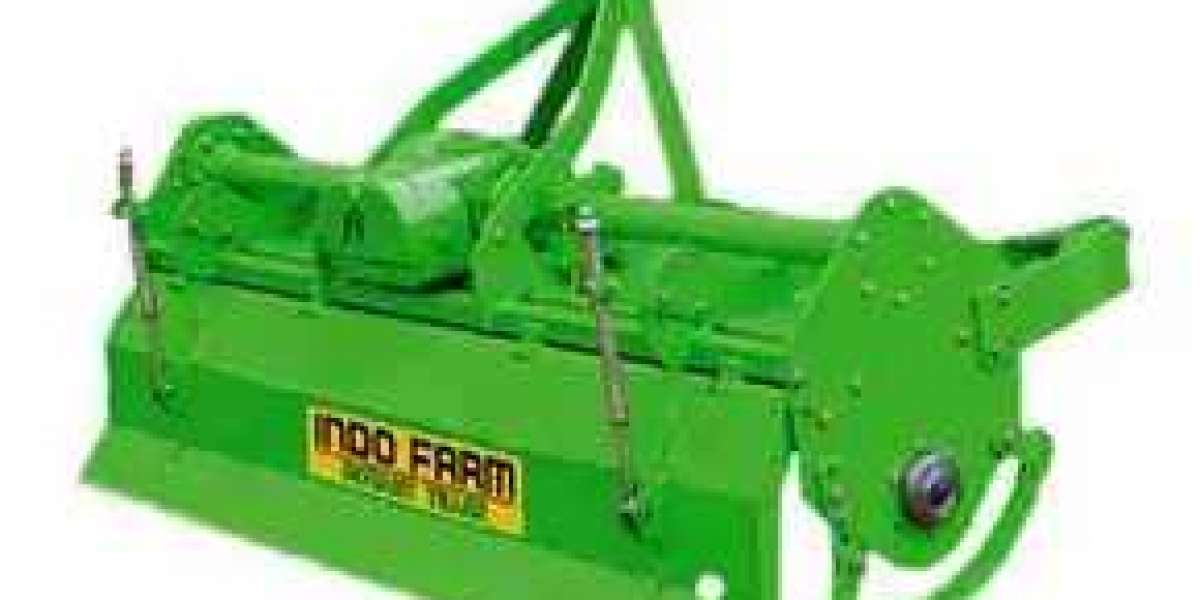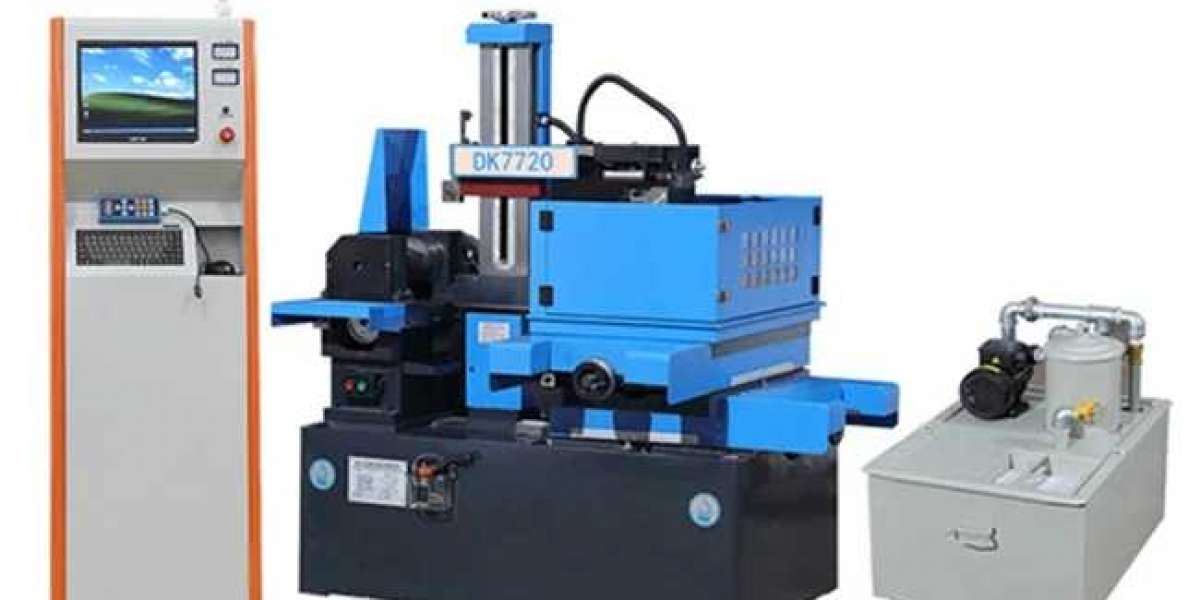In the realm of agriculture, technological advancements have played a pivotal role in increasing efficiency, productivity, and sustainability. Among these innovations, the harvester, rotavator, and seed drill implements stand out as indispensable tools that have revolutionized farming practices worldwide. These implements have not only streamlined the cultivation process but have also significantly contributed to enhancing yields, conserving resources, and mitigating environmental impact. Let’s delve deeper into the benefits these implements bring to the agriculture sector.
Harvester: Maximizing Efficiency and Yield
The harvester is a quintessential tool in modern agriculture, designed to efficiently harvest crops at peak ripeness. With the ability to rapidly gather crops such as wheat, corn, rice, and soybeans, the harvester minimizes labor requirements and harvest time while maximizing yield. Its mechanized operation significantly reduces manual labor, thereby cutting down on labor costs and enabling farmers to allocate resources elsewhere.
Moreover, the precision of modern harvesters ensures minimal damage to crops during the harvesting process. This not only preserves the quality of the harvested produce but also reduces post-harvest losses. By swiftly and effectively collecting crops, harvesters facilitate timely harvesting, which is crucial for maintaining product quality and meeting market demands.
Additionally, the utilization of harvesters enables farmers to optimize their harvesting schedules, allowing for more efficient crop rotation and overall farm management. This strategic approach helps in maximizing land use efficiency and enhancing agricultural sustainability.
Rotavator: Enhancing Soil Health and Productivity
The rotavator, also known as a rotary tiller, is a versatile agricultural implement designed to prepare seedbeds by breaking up soil and incorporating organic matter. Its rotating blades effectively churn and mix soil, facilitating better aeration, moisture retention, and nutrient distribution. By pulverizing soil clods and eliminating weeds, the rotavator creates an ideal environment for seed germination and root development.
One of the primary benefits of the rotavator is its ability to improve soil structure. By breaking down compacted soil layers, it enhances water infiltration and root penetration, thereby promoting healthier root systems and overall plant growth. This improved soil structure also helps in reducing soil erosion, mitigating the risk of nutrient runoff, and preserving soil fertility.
Furthermore, the incorporation of organic matter into the soil by the rotavator enhances its nutrient content, fostering nutrient cycling and microbial activity. This results in increased soil fertility and productivity over time, reducing the dependency on synthetic fertilizers and promoting sustainable farming practices.
Seed Drill: Precision Planting for Optimal Yields
The seed drill is a specialized implement designed to sow seeds with precision, spacing, and depth control. Unlike traditional broadcasting methods, which can lead to uneven seed distribution and wastage, seed drills ensure uniform planting, optimal seed-to-soil contact, and efficient use of seeds.
One of the key advantages of seed drills is their ability to accurately place seeds at the desired depth, ensuring proper germination and early establishment of crops. This precise planting technique enables farmers to achieve uniform plant emergence, which is essential for achieving consistent yields and maximizing crop potential.
Moreover, seed drill allow for controlled seeding rates and row spacing, enabling farmers to tailor planting practices to specific crop requirements and field conditions. By optimizing seed placement and spacing, farmers can minimize competition among plants for resources such as water, nutrients, and sunlight, thereby maximizing individual plant productivity.
Additionally, the use of seed drills facilitates timely planting, which is crucial for optimizing crop growth and development. By planting at the optimal time, farmers can capitalize on favorable weather conditions and minimize the risk of yield losses due to delayed planting or adverse weather events.
Conclusion
In conclusion, the harvester, rotavator, and seed drill implements have revolutionized modern agriculture by maximizing efficiency, enhancing soil health, and promoting optimal yields. These technological innovations have enabled farmers to streamline cultivation processes, reduce labor requirements, and improve resource management. Moreover, they have contributed to increasing agricultural productivity, preserving soil fertility, and promoting sustainable farming practices.
As agriculture continues to evolve, the integration of advanced technologies and precision farming techniques will play an increasingly important role in meeting the growing global demand for food, while simultaneously addressing environmental concerns and promoting agricultural sustainability. By harnessing the benefits of implements such as harvesters, rotavators, and seed drills, farmers can pave the way for a more efficient, productive, and resilient agricultural sector.








